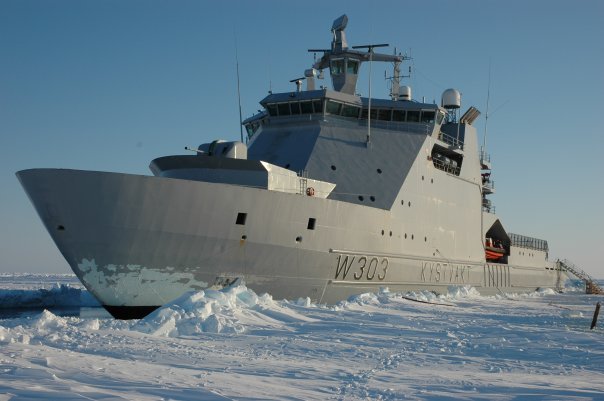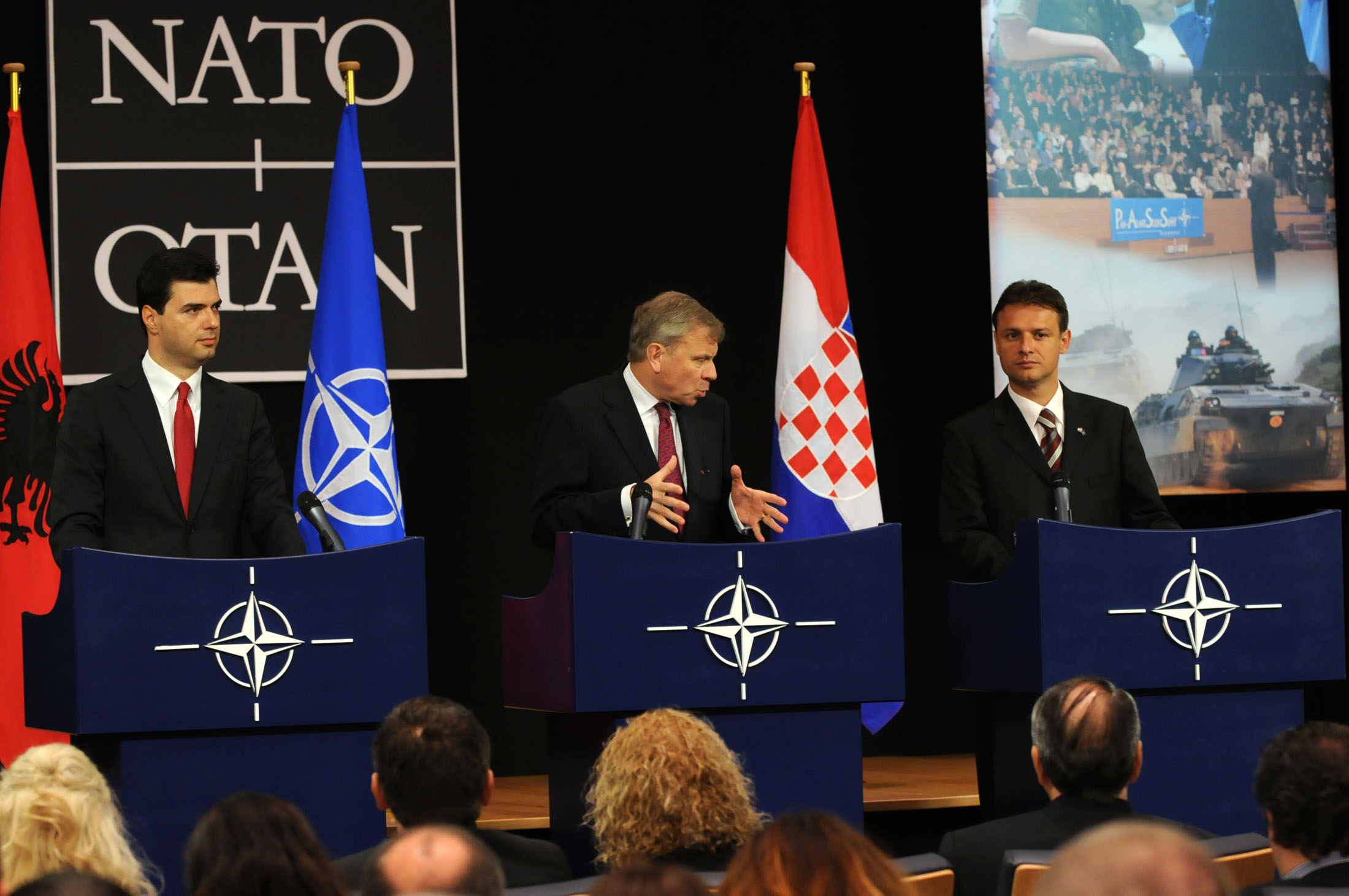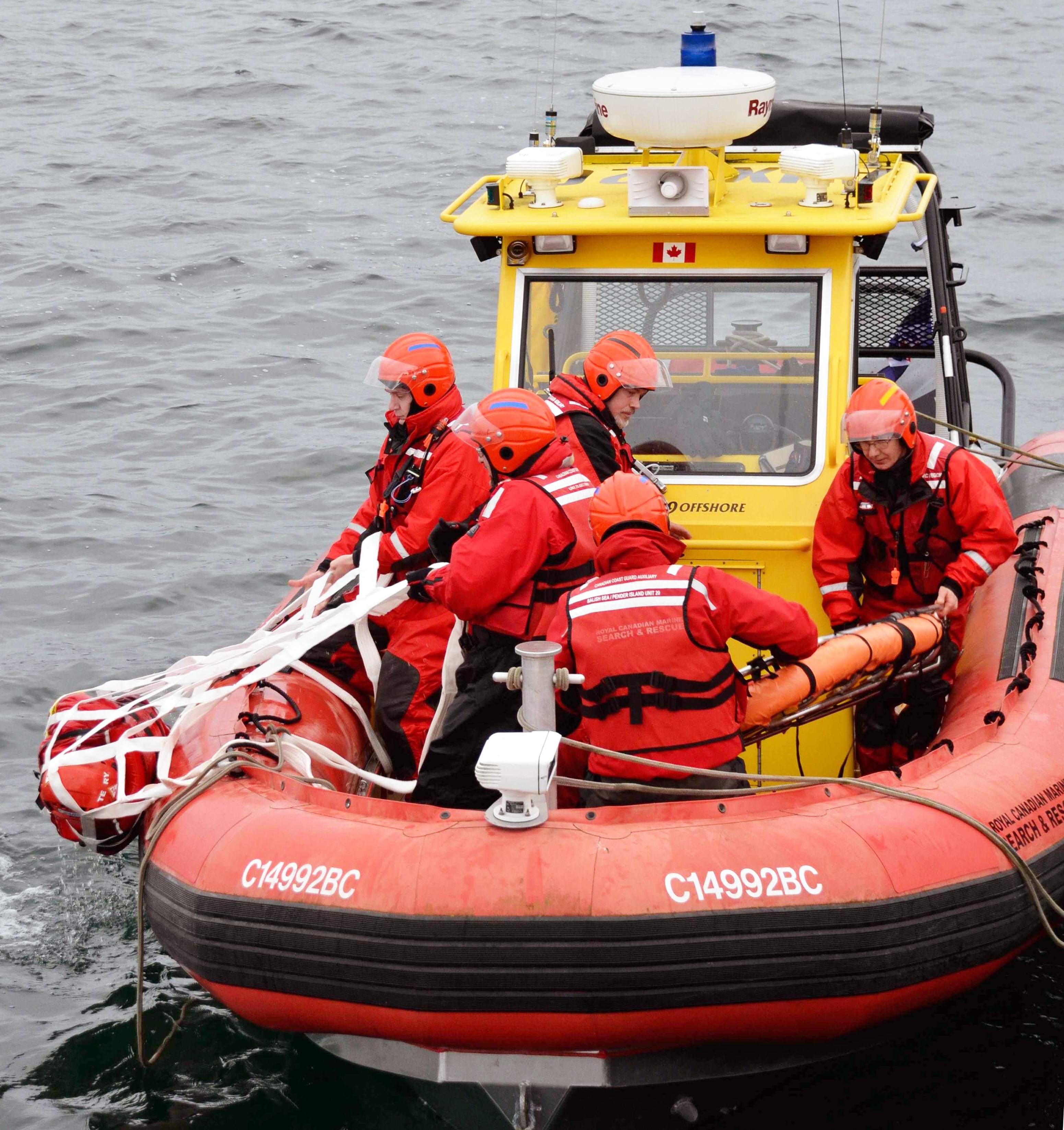Prior to the launch of the National Shipbuilding Procurement Strategy and the associated Arctic Patrol Ship Project, rumours circulated that the federal government would seek to purchase six to eight corvettes, modelled on the design of Norway’s Svalbard-class icebreaker, to patrol Canada’s Arctic. Even following the announcement of the Arctic Patrol Ship Project in 2011, there was some uncertainty as to just what design would be adopted by the Royal Canadian Navy. There are no hard facts as yet but the recent announcement that Denmark’s Odense Maritime Technology (OMT) will be responsible for much of the design offers some clues about not only the future of the Royal Canadian Navy but also the Canadian Coast Guard.
OMT has already attracted some controversy for its work to date on the design of the Arctic Offshore Patrol Ships (AOPS). According to an independent review commissioned by the Department of Public Works, the man hours and cost estimates provided by OMT are “quite generous”. Regardless of whether the costs associated with the project are in fact fair, the review may offer some hints as to the intended capabilities of the AOPS, which are not expected to be fully unveiled until the completion of the first vessels in 2016-2017. Namely, the review draws comparisons between the cost estimates put forward by OMT and Canada’s Irving Shipbuilding Incorporated on the one hand, and the costs associated with the recently completed Alaskan research vessel, Sikuliaq. It is interesting to note that the comparison was made with the Sikuliaq, a civilian research vessel in use by US National Science Foundation, rather than the previously rumoured Svalbard-class icebreaker-turned-corvette.
[captionpix align=”left” theme=”elegant” width=”300″ imgsrc=”http://natoassociation.ca/wp-content/uploads/2014/01/Svalbard.jpg ” captiontext=”Svalbard is of Norway’s Svalbard-class icebreaker”]
In 2008, opposition politicians had previously ridiculed the Svalbard-class as a “slushbreaker”, calling on the government to shift funding toward the purchase of additional heavy icebreakers. If the Svalbard qualified as a “slushbreaker”, the Sikuliaq does as well. It may be safe to bet that the AOPS will have a similar level of ability in this regard, working closely with heavy icebreakers as needed, such as the CCGS John G. Diefenbaker purchased under the Polar Class Icebreaker Project and expected for completion in 2017. As such, Canada should enjoy a solid ratio of polar icebreakers to AOPS, deepening cooperation between the Royal Canadian Navy and the Canadian Coast Guard while at the same time ensuring a good level of ability to respond to potential security challenges in the Arctic.
OMT has not just been hired for the design of the AOPS, however. It has been announced that this Danish firm will also be working on the design of the Single Class Surface Combatant, which is intended to replace both the Royal Canadian Navy’s 12 Halifax-class frigates and three Iroquois-class destroyers. Though Irving is collaborating on this project as well, reports indicate that Irving has a team of about a dozen working on the design, while OMT has assigned a staff five times the size. It can be reasonably assumed that whatever the final design of the Single Class Surface Combatant might be, it will be largely made in Denmark.
As OMT was involved in its design, some observers predict that the future workhorse of the Royal Canadian Navy will closely resemble the Iver Huitfeldt-class frigate. Three vessels of this class are currently in service with the Royal Danish Navy, all of which began operation in 2012. The Iver Huitfeldt-class has been lauded for its strategic flexibility and for its capacity to operate for extended periods at sea. Given the interest of Canadian military planners in replacing both the current fleet of destroyers and frigates with a single class of vessel, the Iver Huitfeldt could be well-equipped to take on such a role and preserve the Royal Canadian Navy’s capacity to support American and NATO forces on expeditionary operations.
The Canadian government has placed considerable trust in OMT and Irving by assigning these firms responsibility for the design and building of two classes of vessels. These vessels will in turn comprise the majority of Canada’s naval forces for decades to come. Reflecting on the stakes of these projects, the role Canada will play in the international community depends in part on whether OMT can deliver something profoundly impressive. With stakes this high, there is much that OMT could gain but also much Canada stands to lose.




